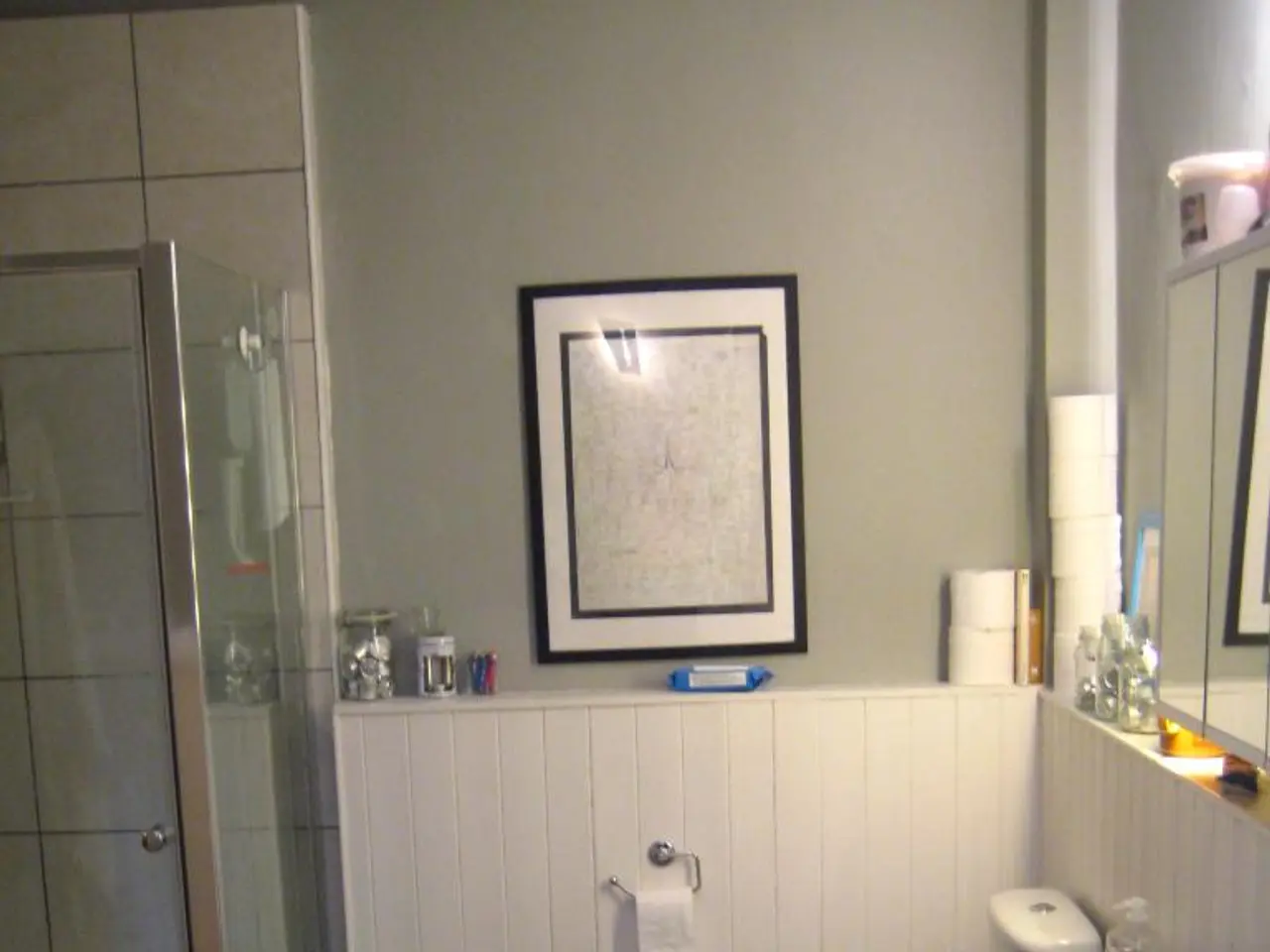Historical Development of Bathroom Amenities: An Overview of Evolving Designs and Materials
Bathroom accessories, once simple functional items, have evolved significantly over the centuries, reflecting changes in aesthetics, technology, and social values.
In ancient civilizations like the Minoans and Romans, elaborate bathing facilities were developed, integrating social and therapeutic functions. Roman baths, for instance, combined utility with public social life, and their use of imported luxury items helped establish an early form of bathroom accessory culture centered on comfort and status.
The evolution of specific accessories, such as showers, shows a blend of technical progress and social priorities. The first mechanical shower in 1767 introduced a shift towards more efficient personal hygiene, though early designs recycled water and lacked hot water plumbing, limiting adoption among wealthier users. Only with reliable indoor plumbing by the mid-19th century did showers become practical and widespread.
Culturally, bathing practices have mirrored broader health and cleanliness values. The 19th century, for example, witnessed a scientific understanding of hygiene that promoted daily bathing, influencing bathroom accessory function and design towards convenience and therapeutic appeal.
Design movements have also played a key role in shaping modern bathroom aesthetics. Minimalism, rooted in Japanese Zen Buddhist principles, has been particularly influential. Emphasizing essential qualities, plainness, and the removal of needless ornamentation, minimalism has inspired Western bathroom designs that focus on clean lines, simplicity, and harmonious spatial arrangements.
Contemporary designers integrate cultural research and traditional elements with modern materials and light, evolving bathroom accessories into experiential and culturally resonant objects rather than mere utilitarian items.
Today, the eco-conscious movement influences design choices, steering towards sustainable materials and environmentally-friendly designs. Repurposing and recycling are priorities in the selection of bathroom accessories, each purchase being an opportunity to contribute to broader environmental efforts. Eco-friendly products are increasingly central to choices in bathroom accessories, allowing for environmentally-friendly decisions.
Future innovations in bathroom design may include smart technology and sustainable materials. Smart technology is becoming prevalent in bathroom accessories, with touchless faucets and heated towel racks being developed for everyday bathrooms. Advanced materials and manufacturing techniques enable customization in bathroom accessories, catering to individual preferences.
In conclusion, bathroom accessories have come a long way from their ancient functional origins. They have evolved through technological innovations and health-focused cultural shifts, and are now influenced by global design philosophies, especially minimalism. Modern bathroom products blend function, aesthetics, cultural meaning, and user experience, creating a sanctuary that reflects personal style, memories, and relationships.
Solutions in modern interior-design, particularly bedroom and home-and-garden realms, often include smart glass technology, allowing for privacy on demand, or automatic tinting to control light intensity.
Innovation in AI systems foresees a future where bathroom accessories could self-clean, optimize water usage, or even learn user habits for personalized operation.
As we move forward, automation may play a significant role in bathroom accessory designs, with products evolving to sense occupancy or temperature, and respond accordingly.
Designing a lifestyle-focused home environment, designers incorporate eco-friendly choices into their work, selecting sustainable accessories that fit within the home-and-garden aesthetic.
Furthermore, technological advancements could potentially revolutionize bathroom accessory designs, incorporating lightweight materials, biometric authentication, and even energy-generating capabilities into everything from showerheads to toilet seats.
Lastly, the integration of interconnected smart systems within homes may transform everyday bathroom experiences, as users enjoy the benefits of a seamless, technologically-driven home-and-garden lifestyle.




